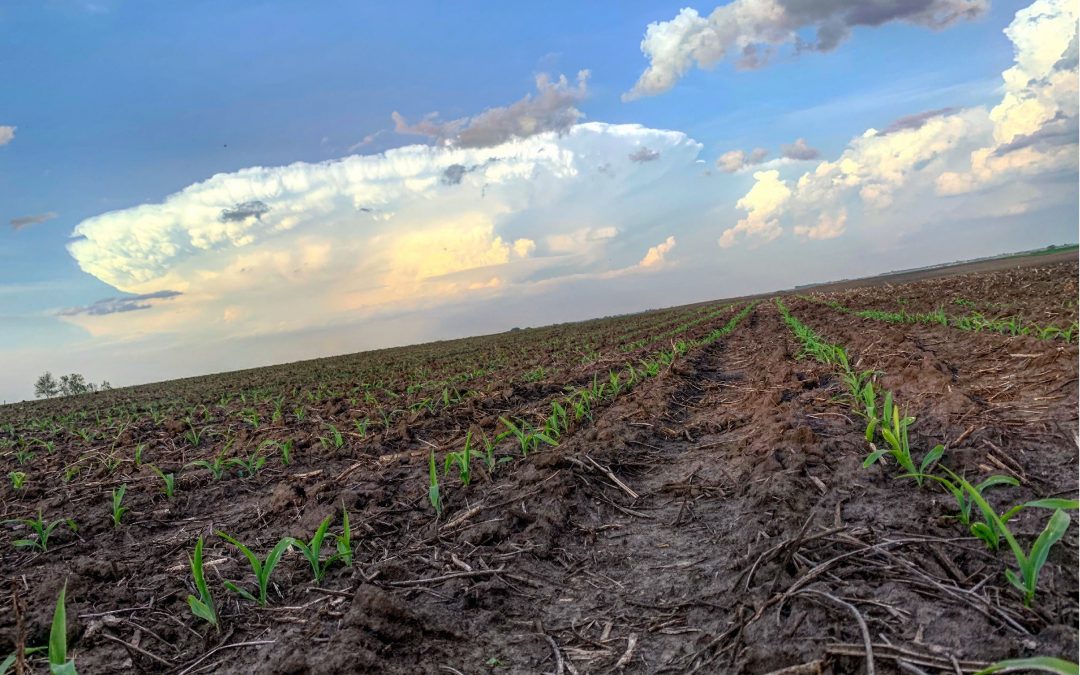It looks like we’ll finally see some sun, warmer temperatures and soils fit for planting. Certain areas of our footprint had a good run on corn planting a few weeks ago. Not much has occurred since, other than cold and wet conditions. This sunshine and warm temperatures can’t come soon enough.
Last week, in the rain, I checked a few corn fields in South Central Iowa. The corn was planted over three weeks ago. All the seeds germinated and most had a visible coleoptile (upsprout) up to 1” long. The seeds and tissue were firm, not discolored and no visible signs of damage or deformity.
It’s possible we’ll see increased variation in emergence and possibly reduced stands. Prolonged wet and cool soil conditions can weaken the emerging seedlings and increase their exposure to pathogens. Some things to look for are cork screwed seedlings, corn leafing out under the soil and brown/dead tissue.
If faced with questionable emergence and reduced stands, it’s important to get these facts:
• Stand count of viable plants
• Cost of replant
• Calendar date of replant
• How big are the gaps?
As we approach the middle of May, a thinner, uneven stand with somewhat small and uniform gaps will likely have a similar or higher yield potential than a perfect replanted stand (there’s no guarantee what the replant stand will be).
The University of Nebraska put out a timely article addressing these very issues:
https://cropwatch.unl.edu/2019/replanting-corn-things-do-and-think-about
These links contain good information also:
http://bulletin.ipm.illinois.edu/?p=4592
https://crops.extension.iastate.edu/corn/production/management/planting/replanting.html
http://corn.agronomy.wisc.edu/AA/A035.aspx
https://cropwatch.unl.edu/chilling-injury-corn-and-soybeans
Be sure to contact your local Agronomist to evaluate and discuss any potential replant situations before taking action.
Have a safe Spring,
Chris Adams, CCA

